In 1070, King Ly Nhan Tong built the Temple of Literature (south of Thang Long citadel) to worship the saints and sages. In 1076, he built the Imperial Academy next to the Temple of Literature to educate the royal children. From 1253, King Tran Thai Tong allowed the children of commoners to study as long as they had excellent abilities. Over 700 years of operation, the Imperial Academy trained thousands of talented people and is considered the first university in Vietnam.
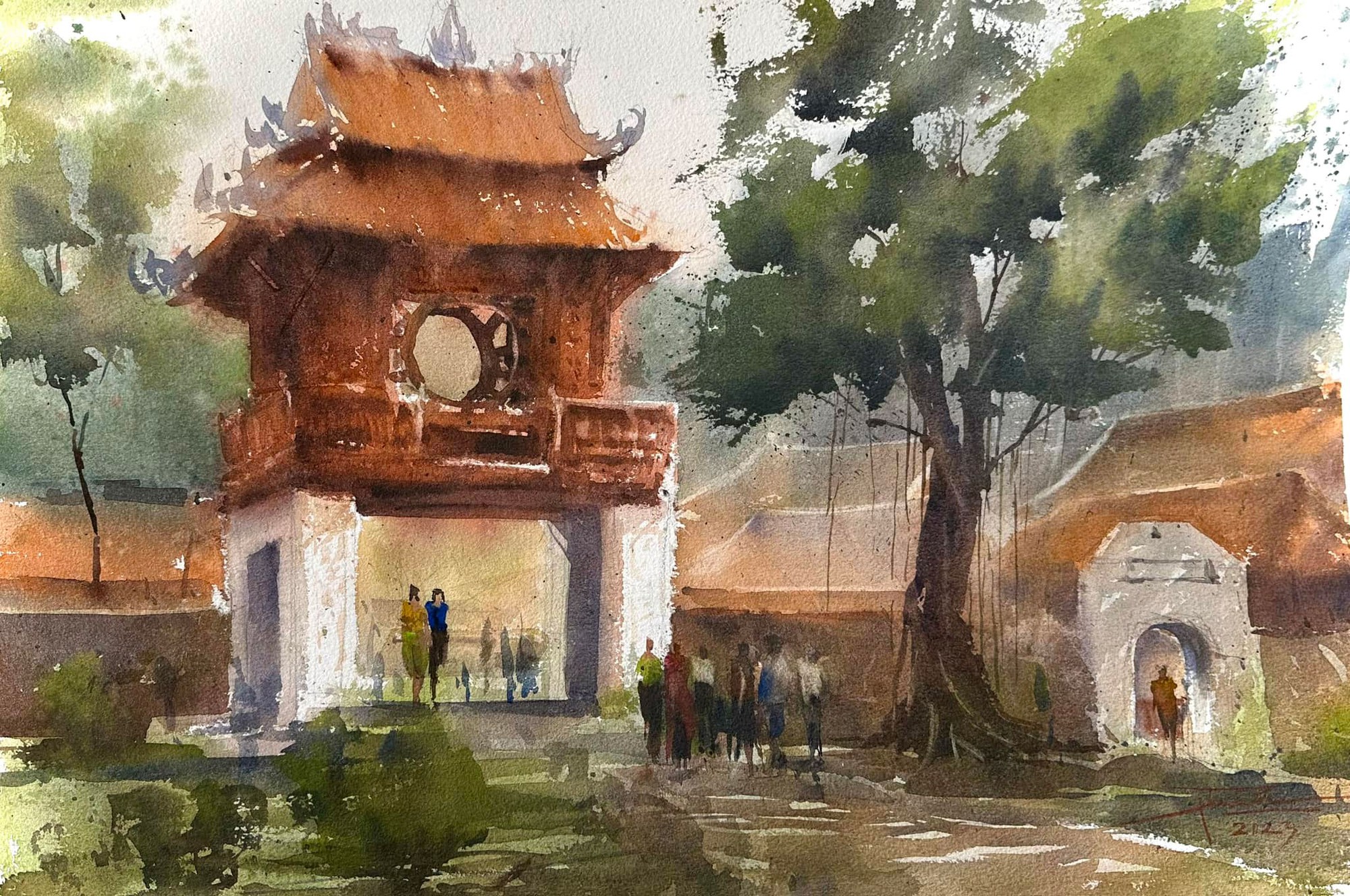
Khue Van Cac - sketch by Phan Anh Thu

Sketch by Architect Dang Phuoc Tue
In the Temple of Literature - Quoc Tu Giam, there are many typical works. Khue Van Cac means Khue star pavilion (a symbol of the imperial examinations, peace, and civil governance). Built in 1805 during the Nguyen Dynasty, the work is printed on the back of the 100,000 VND bill and has a square shape.
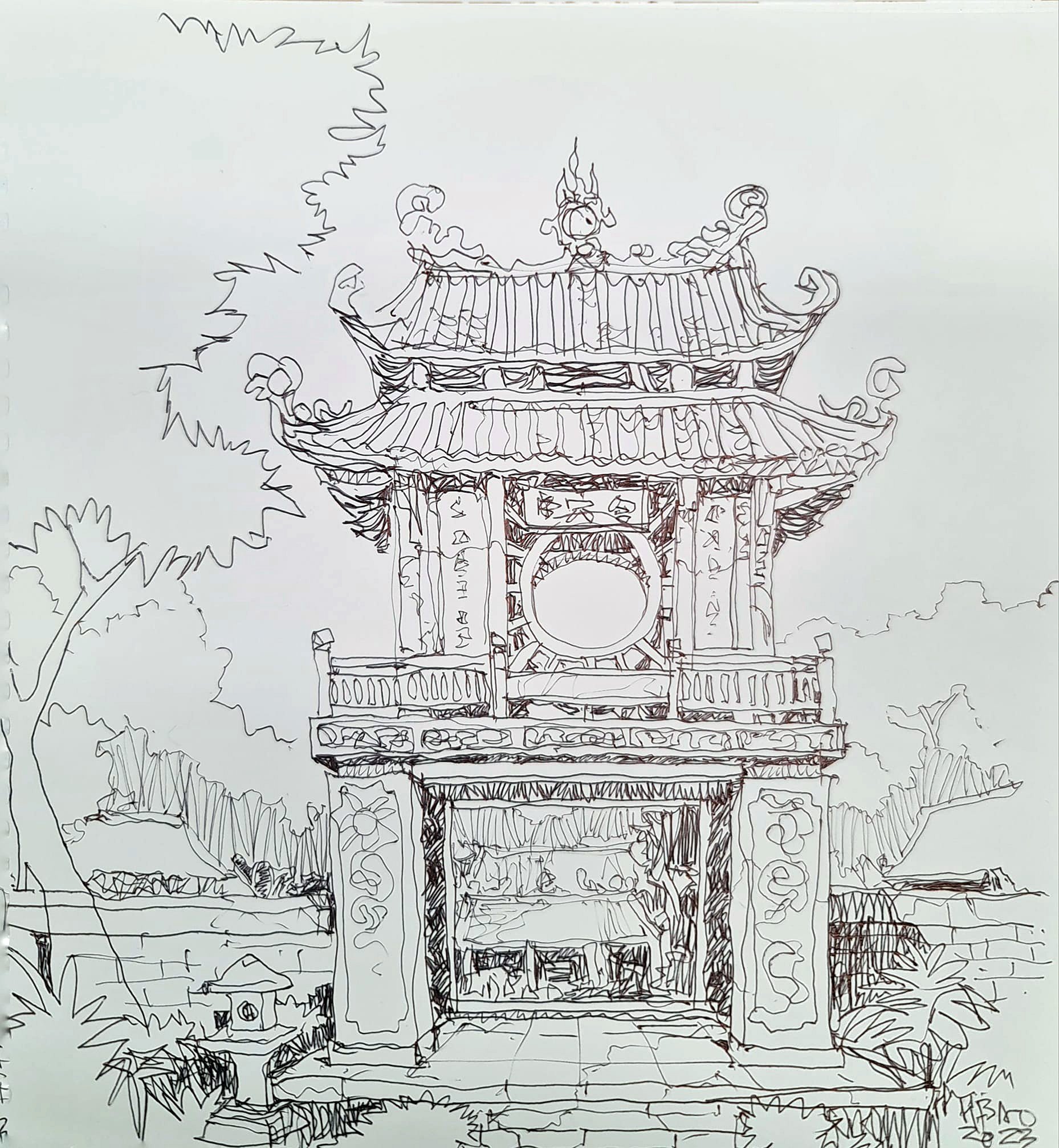
Sketch by Architect Bui Hoang Bao
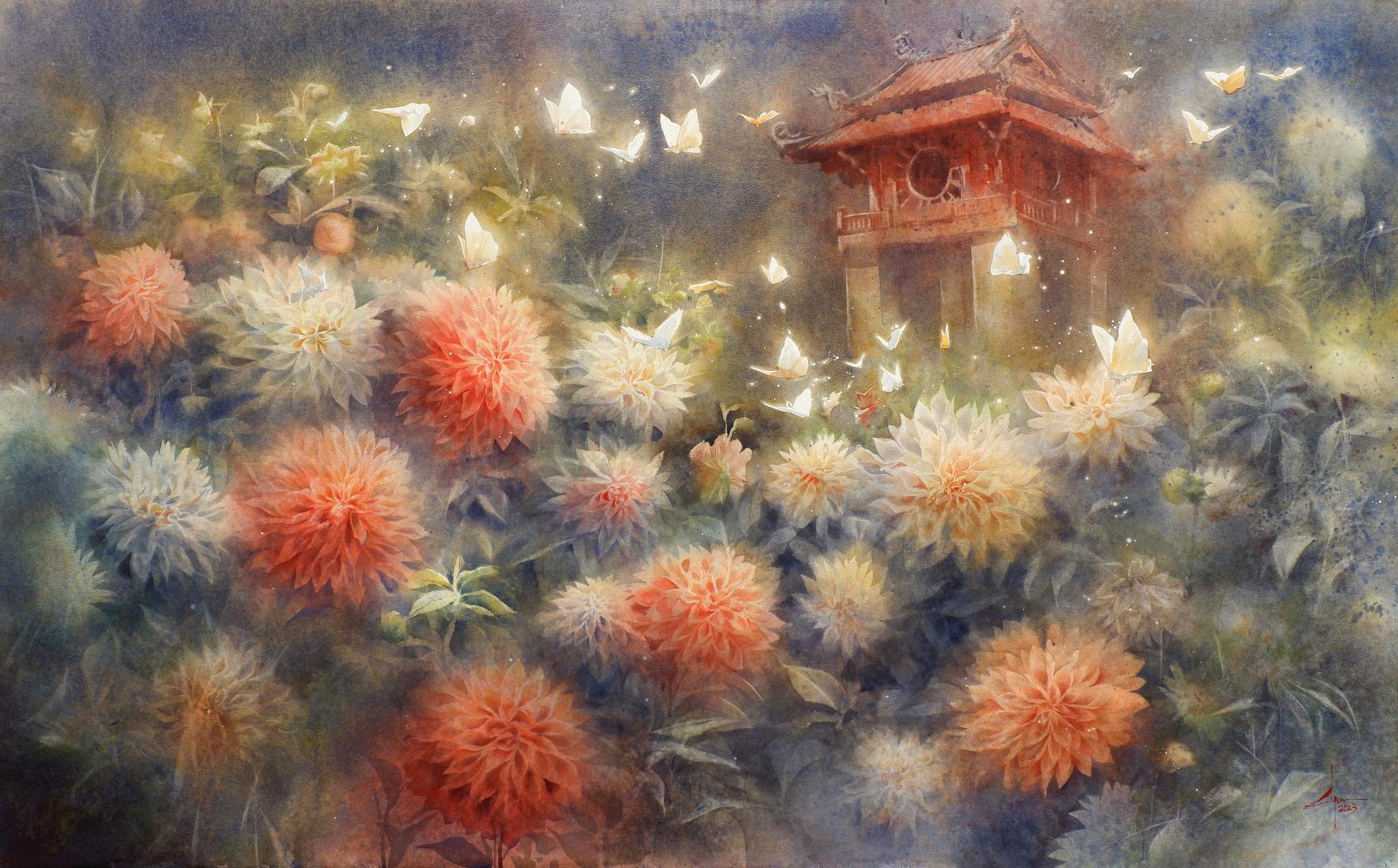
Sketch by artist Doan Quoc
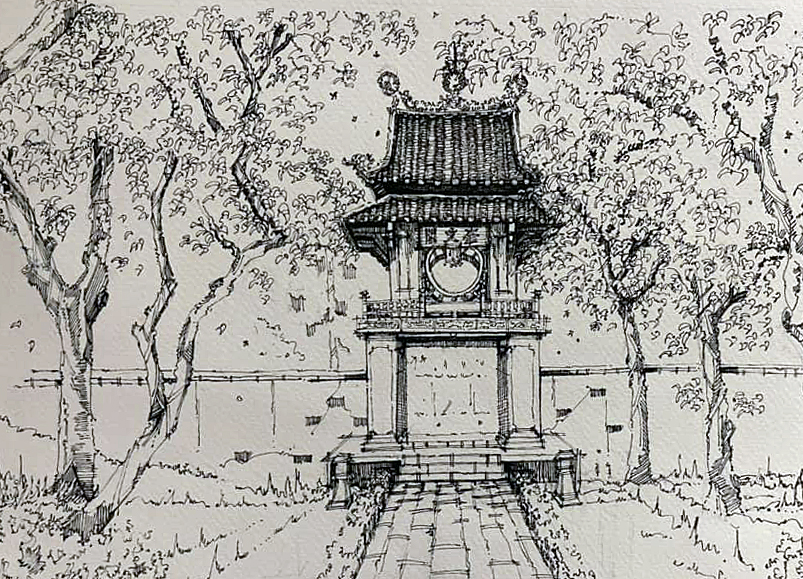
Sketch by Nguyen Tan Dung - Student of Danang University of Architecture
8 roofs (4 upper, 4 lower), wood is delicately carved with flowers, leaves, scrolls, book chests... The square Thien Quang well symbolizes the earth, reflecting the light of heaven (Thien Quang). Van Lake (also known as Giam Lake), in the middle of the lake is Kim Chau hill, where ancient Confucian scholars discussed literature.
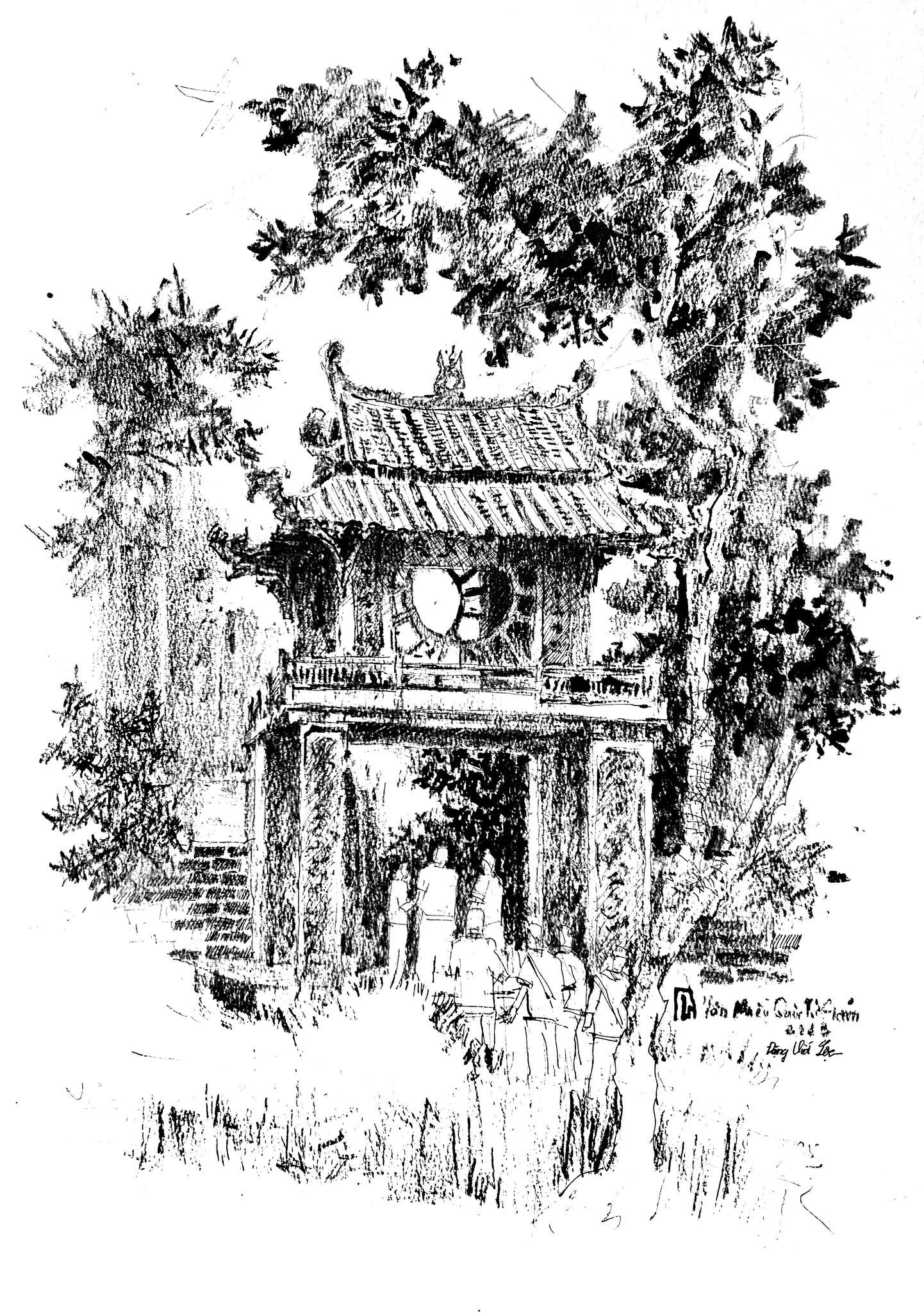
Sketch by artist Dang Viet Loc

Sketch by Ngo Quoc Thuan - Student of Nguyen Tat Thanh University
The doctoral stele placed on a stone turtle (symbolizing longevity and wisdom) was erected by King Le Thanh Tong in 1484 to honor those who passed the doctoral examination in 1442. Through many ups and downs, the doctoral stele garden now has 82 stele pieces and was recognized by UNESCO as a world documentary heritage in 2010.
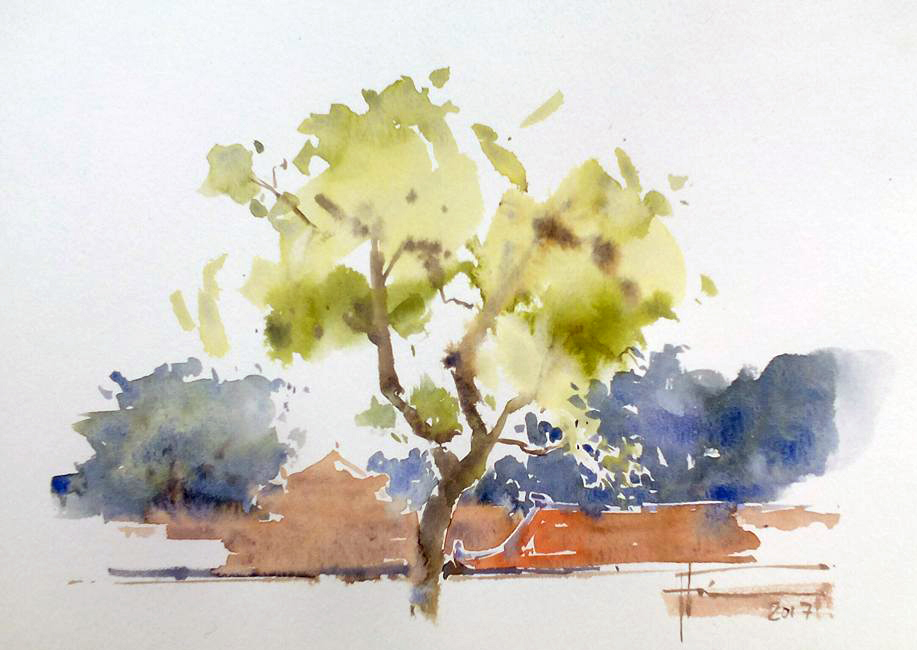
Sketch by artist Ho Hung

Sketch by Architect Bui Hoan
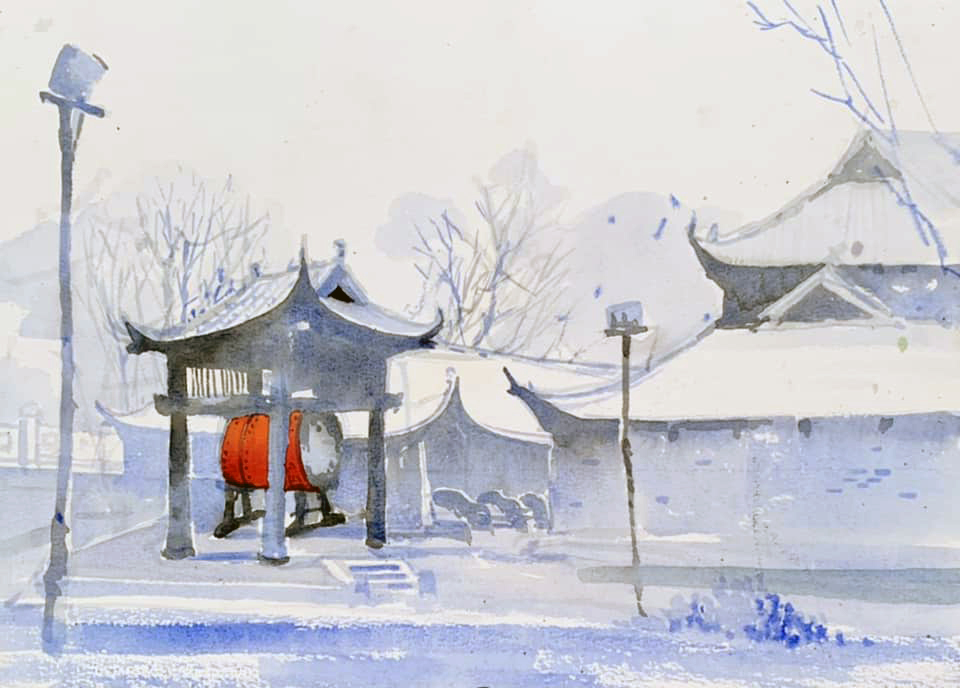
Thunder Drum at Thai Hoc area - sketch by architect Nguyen Khanh Vu
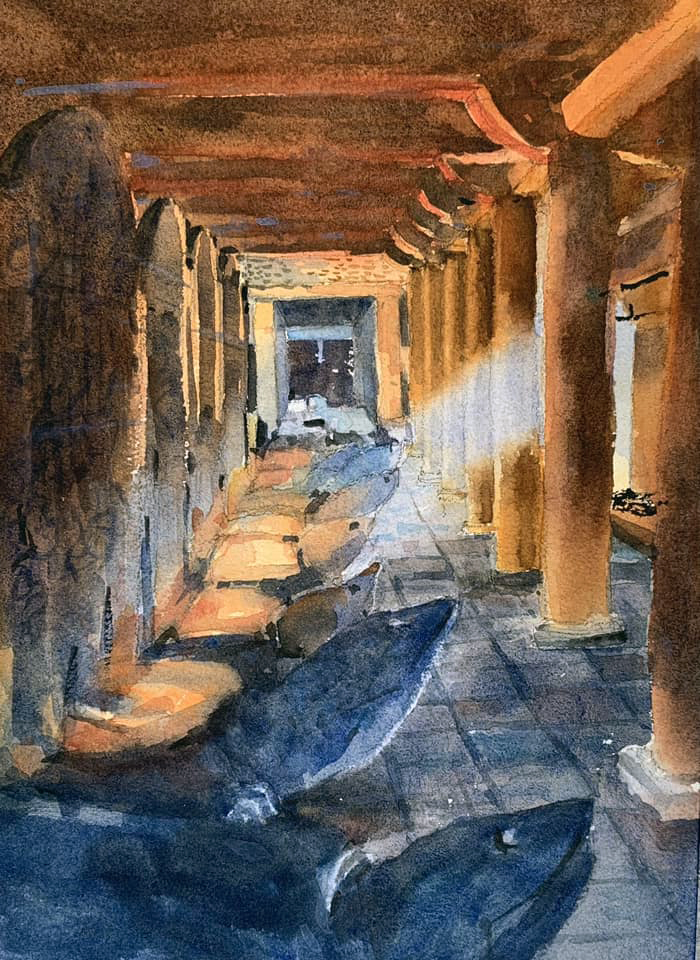
82 doctoral steles recognized by UNESCO as world documentary heritage - sketch by architect Nguyen Khanh Vu
Source link


![[Photo] Military doctors in the epicenter of Myanmar](https://vstatic.vietnam.vn/vietnam/resource/IMAGE/2025/4/6/fccc76d89b12455c86e813ae7564a0af)
![[Photo] Vietnamese rescue team shares the loss with people in Myanmar earthquake area](https://vstatic.vietnam.vn/vietnam/resource/IMAGE/2025/4/6/ae4b9ffa12e14861b77db38293ba1c1d)
![[Photo] Solemn Hung King's Death Anniversary in France](https://vstatic.vietnam.vn/vietnam/resource/IMAGE/2025/4/6/786a6458bc274de5abe24c2ea3587979)

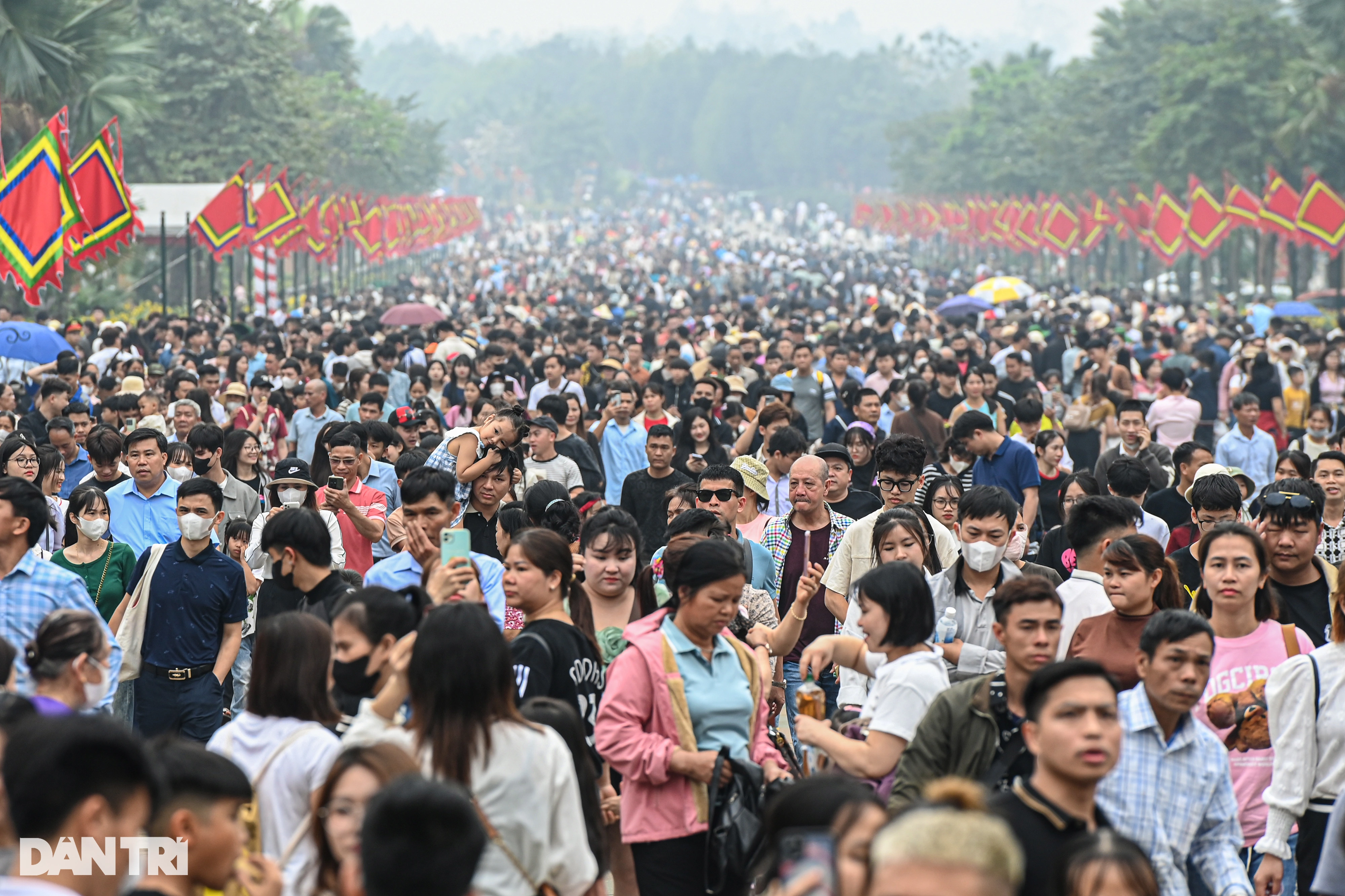
![[Photo] Prime Minister Pham Minh Chinh chairs the regular Government meeting in March](https://vstatic.vietnam.vn/vietnam/resource/IMAGE/2025/4/6/8393ea0517b54f6791237802fe46343b)
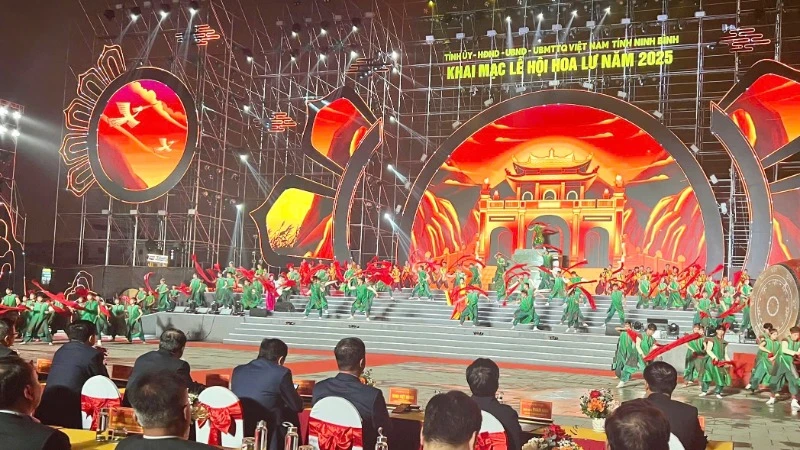
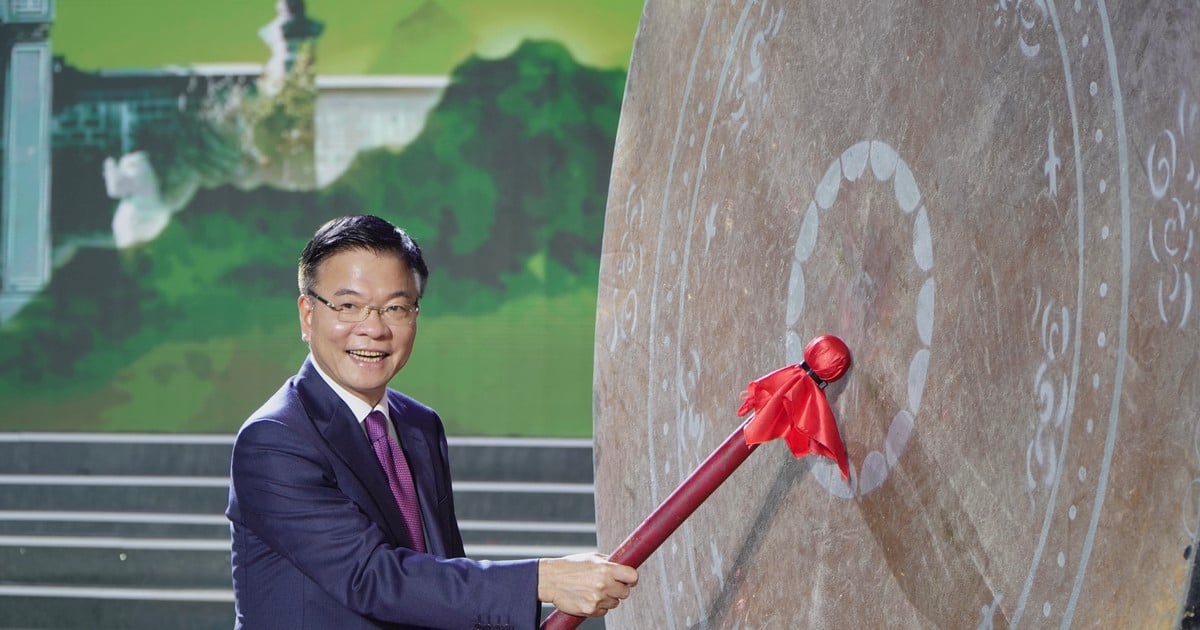





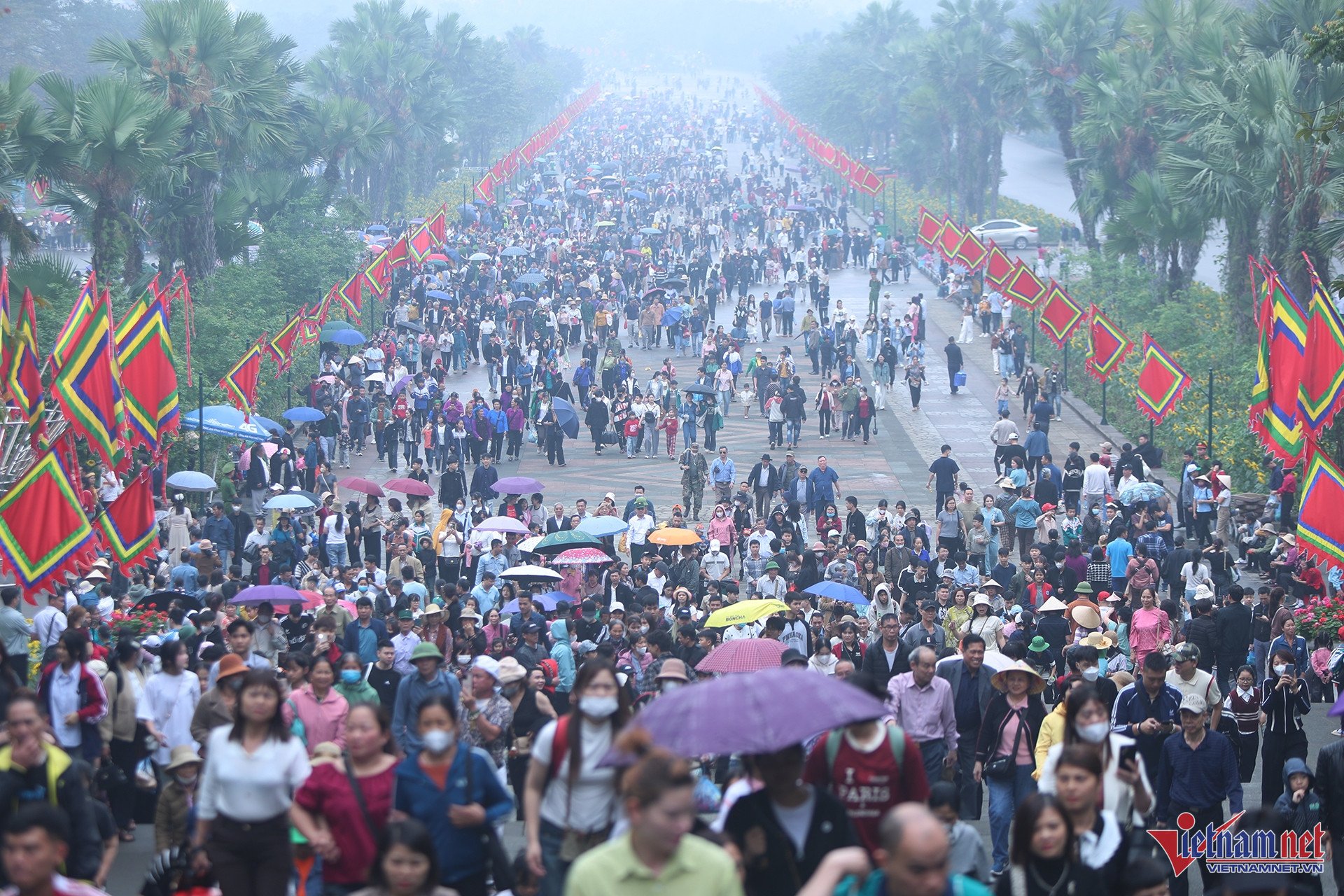

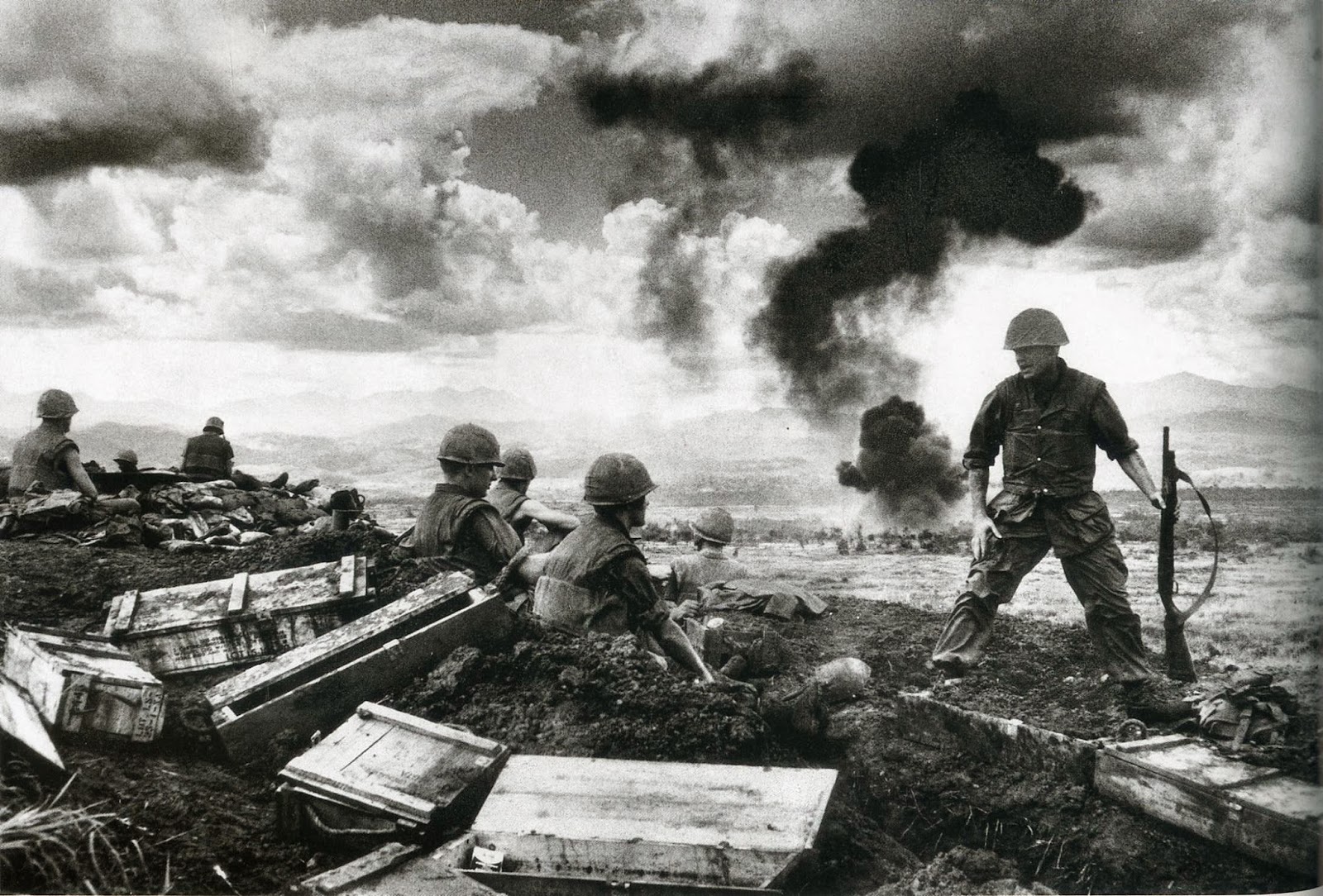






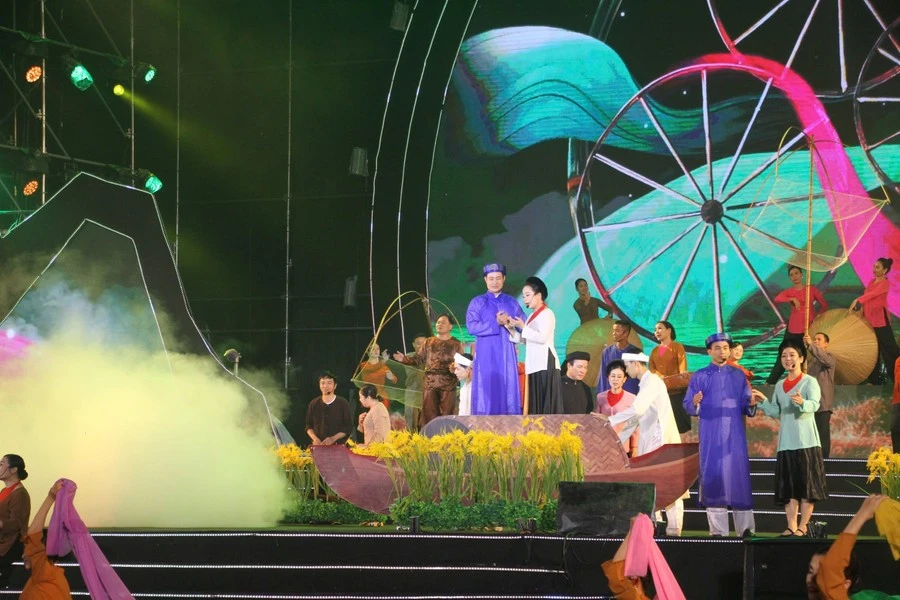

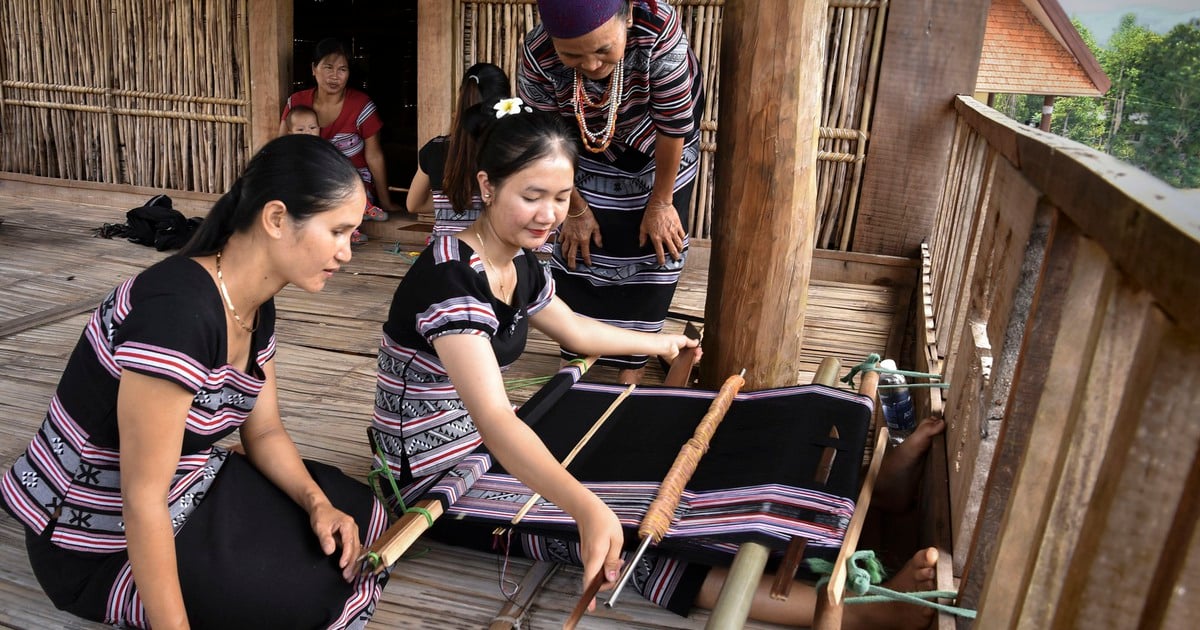
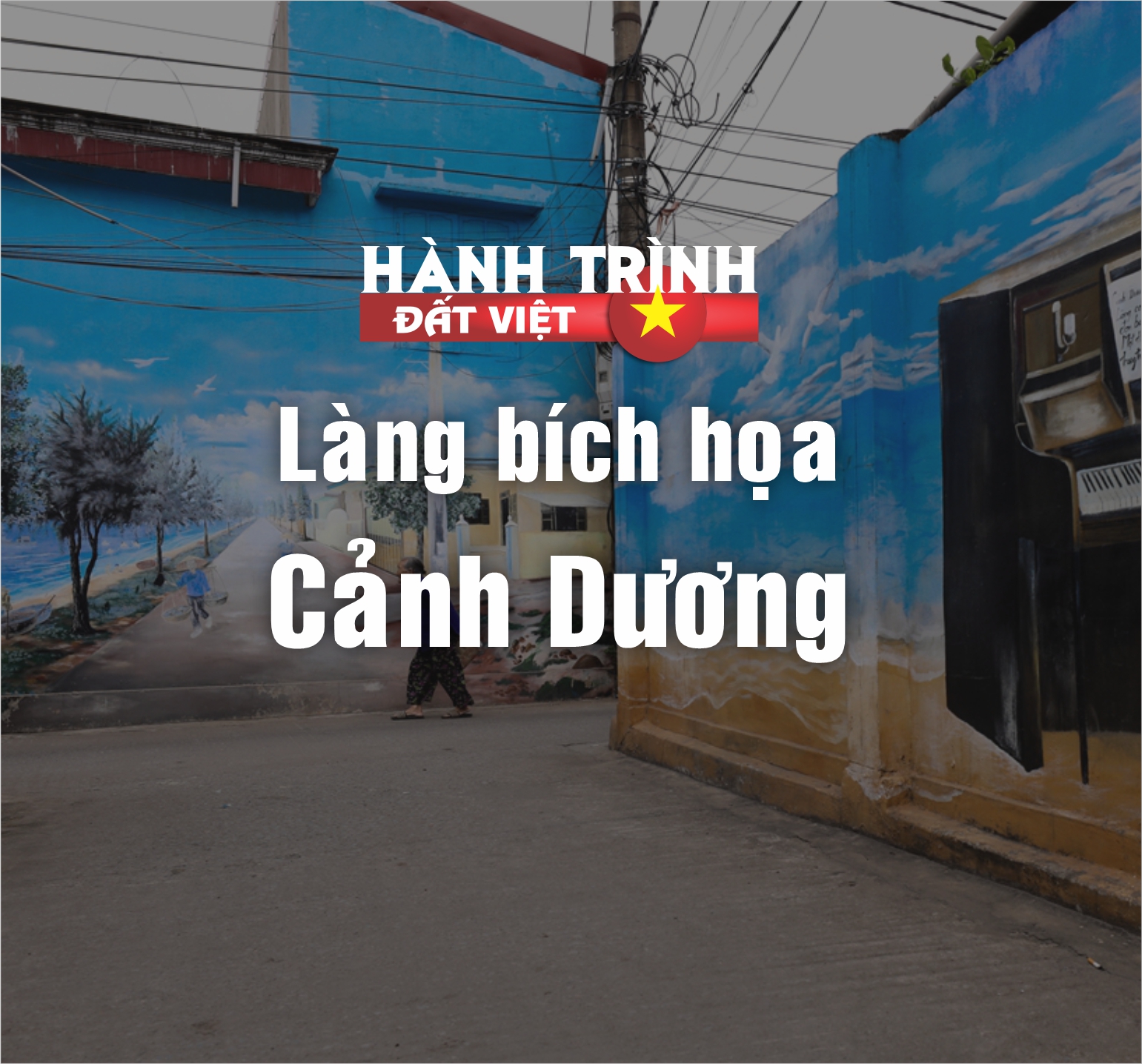

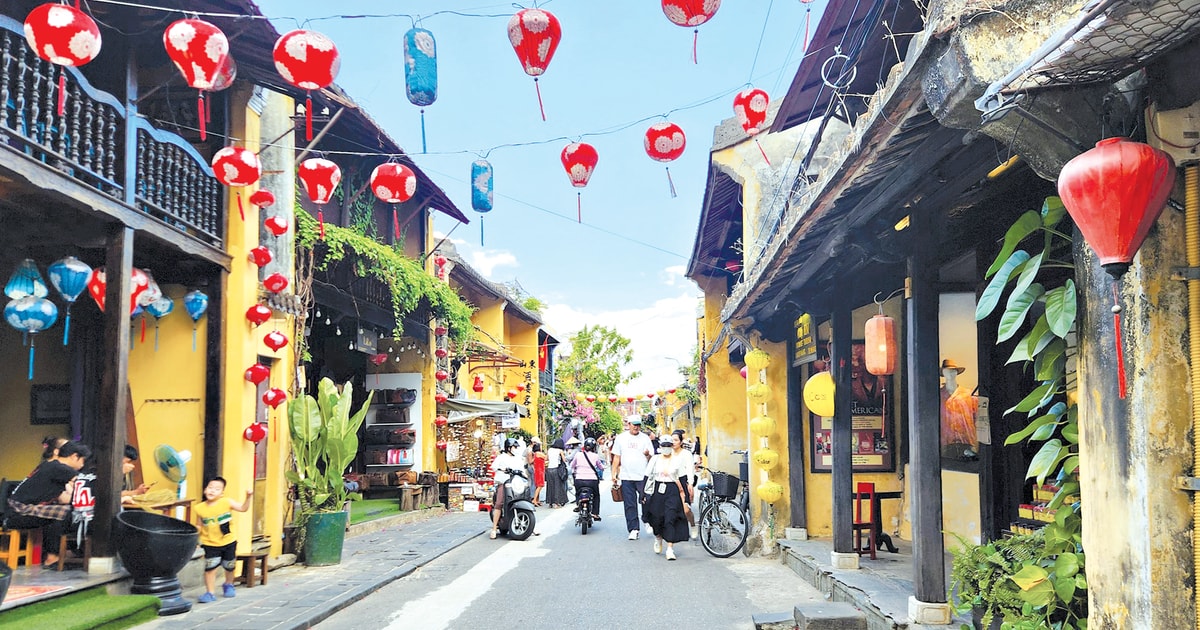

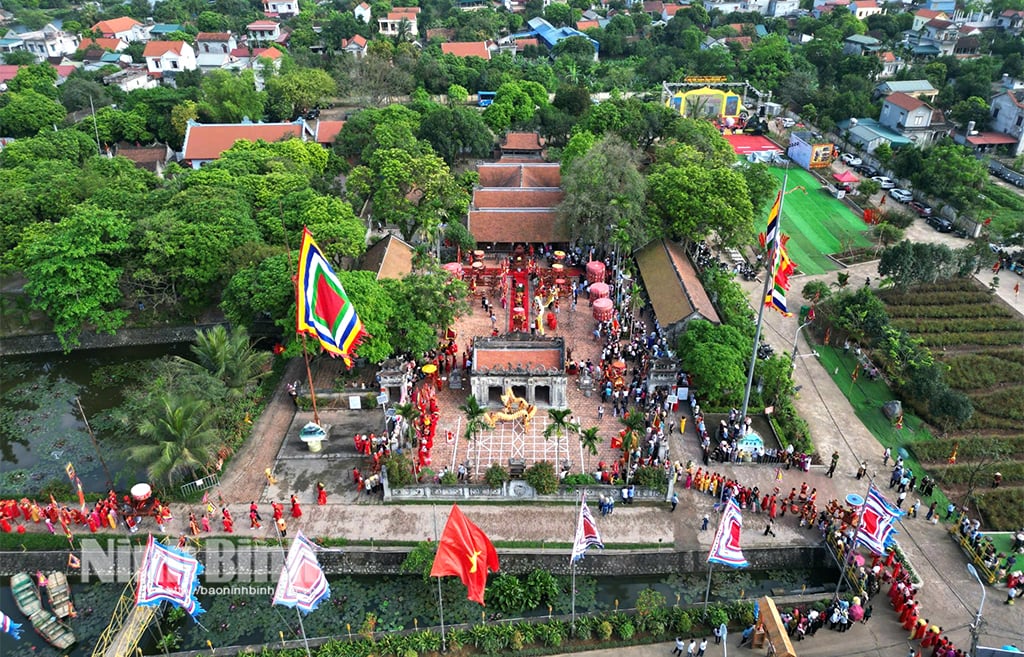



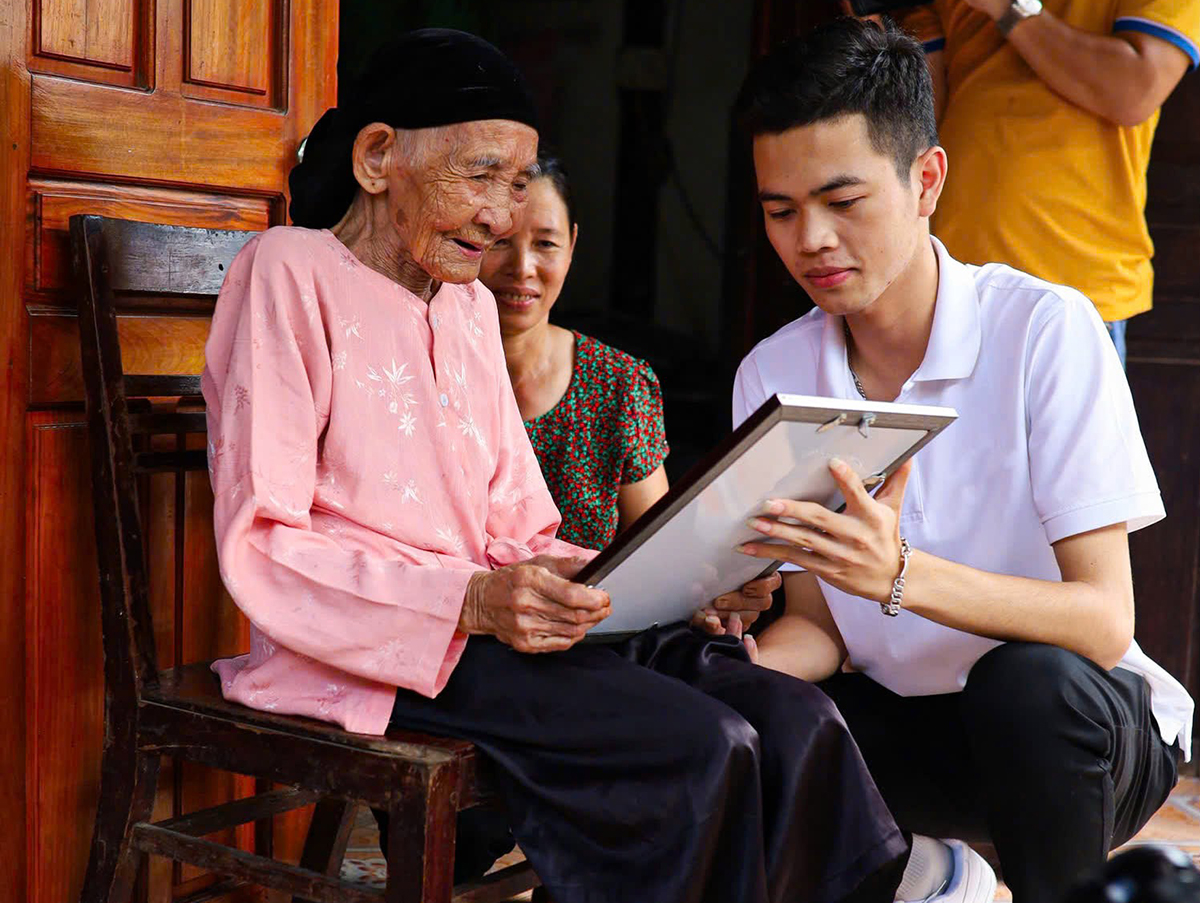



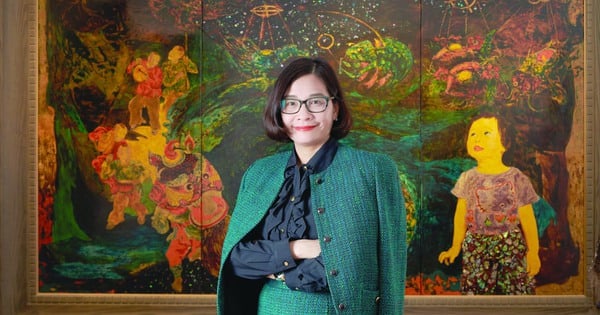


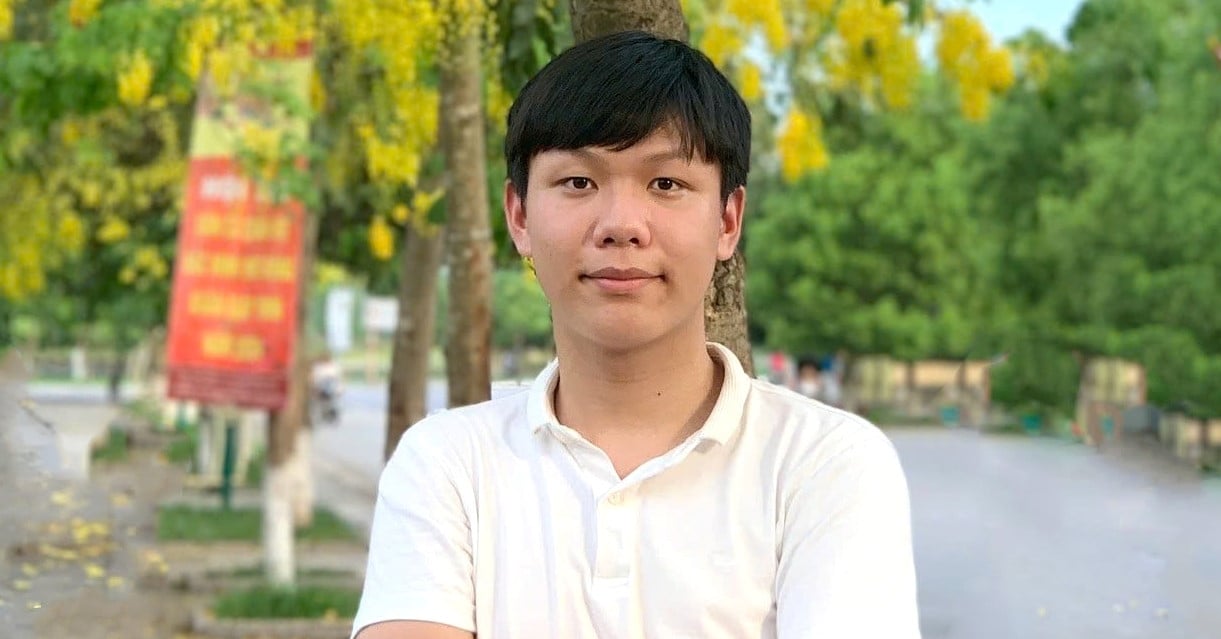



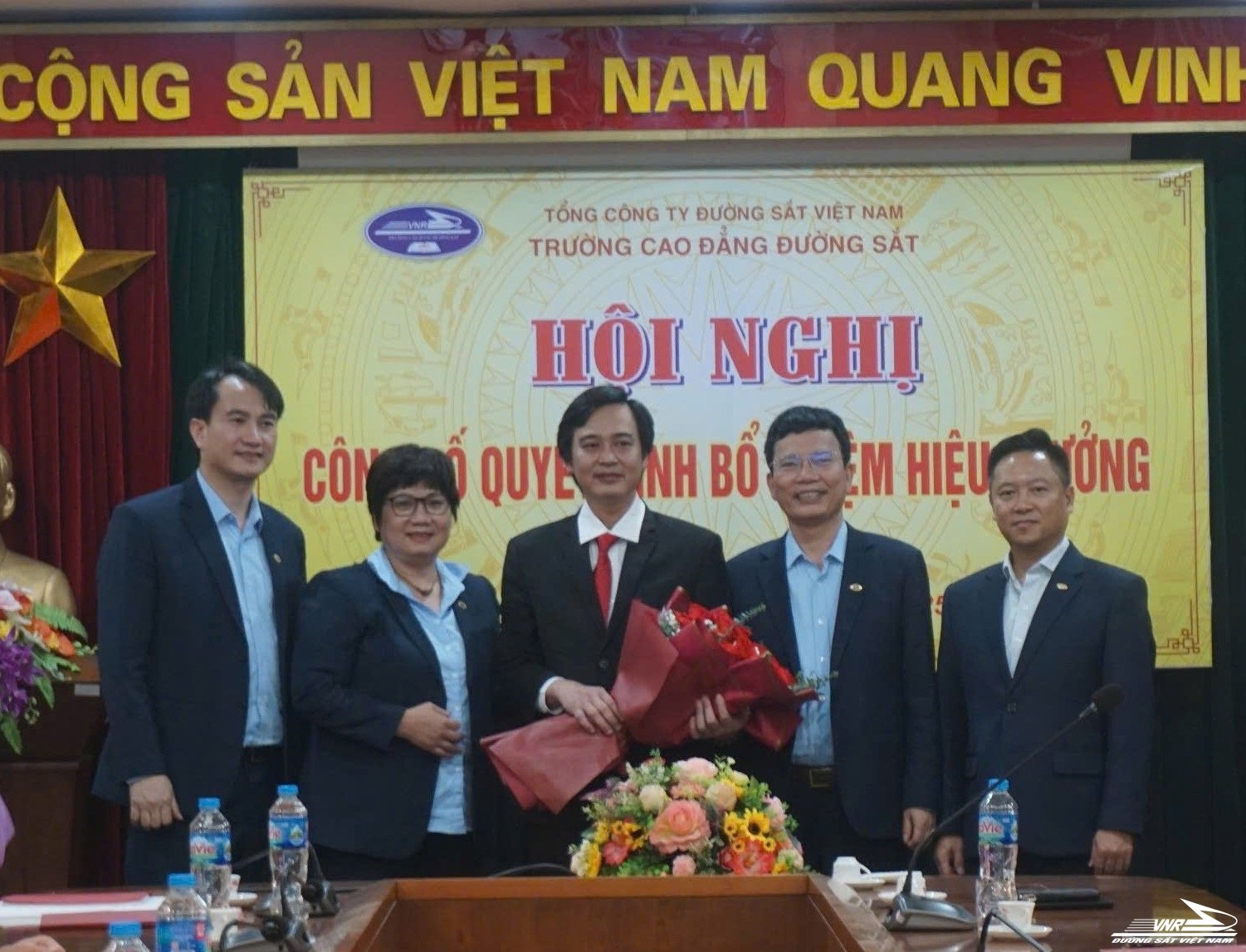

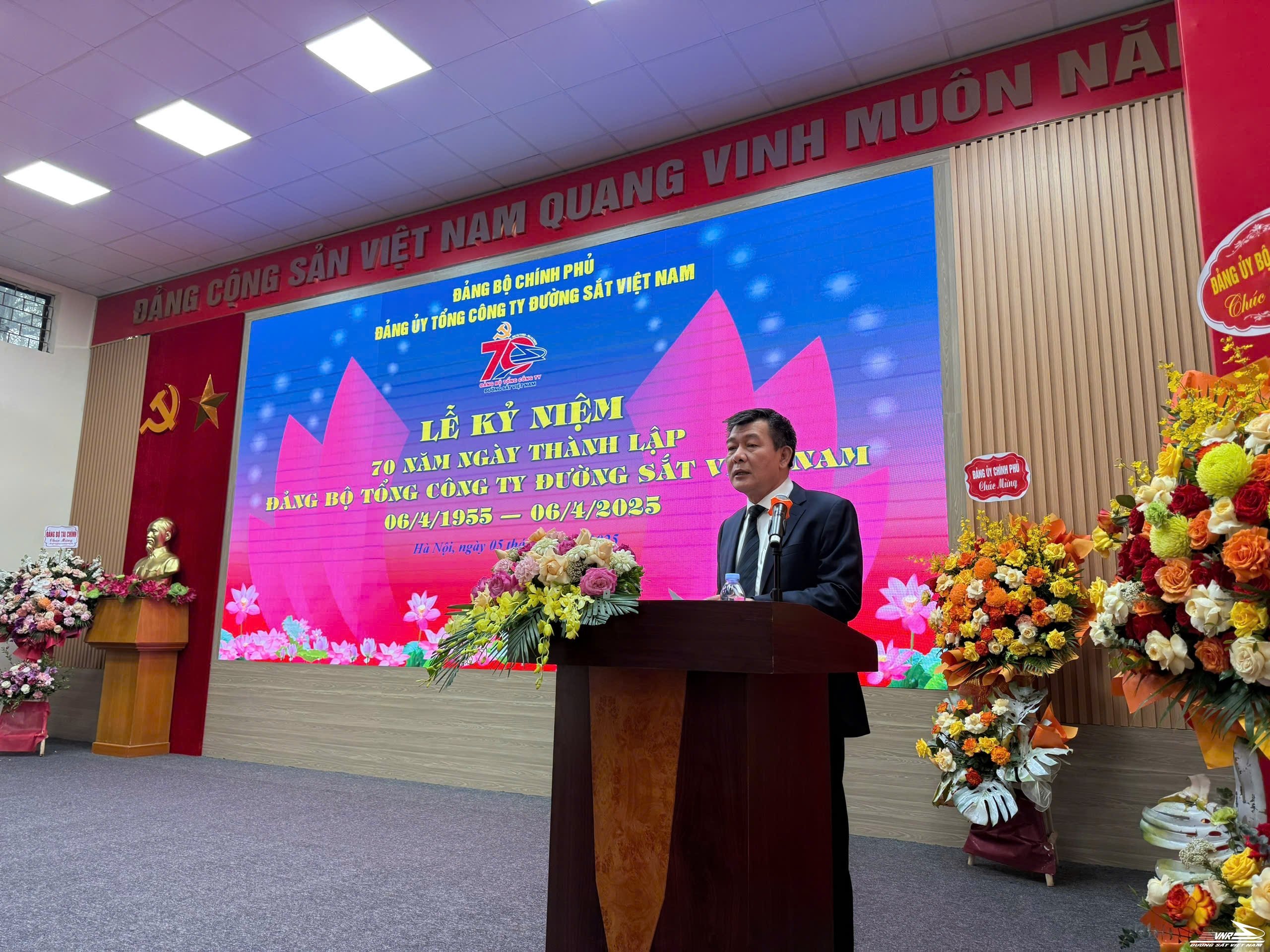
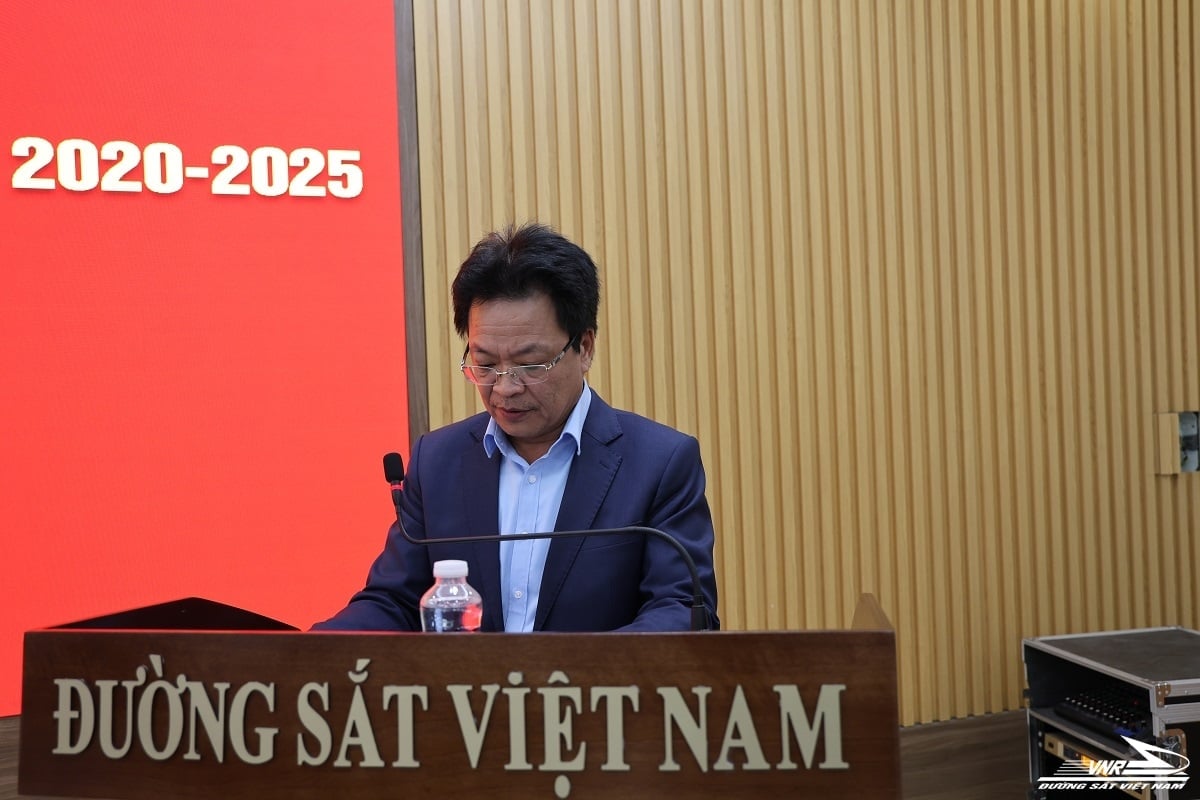
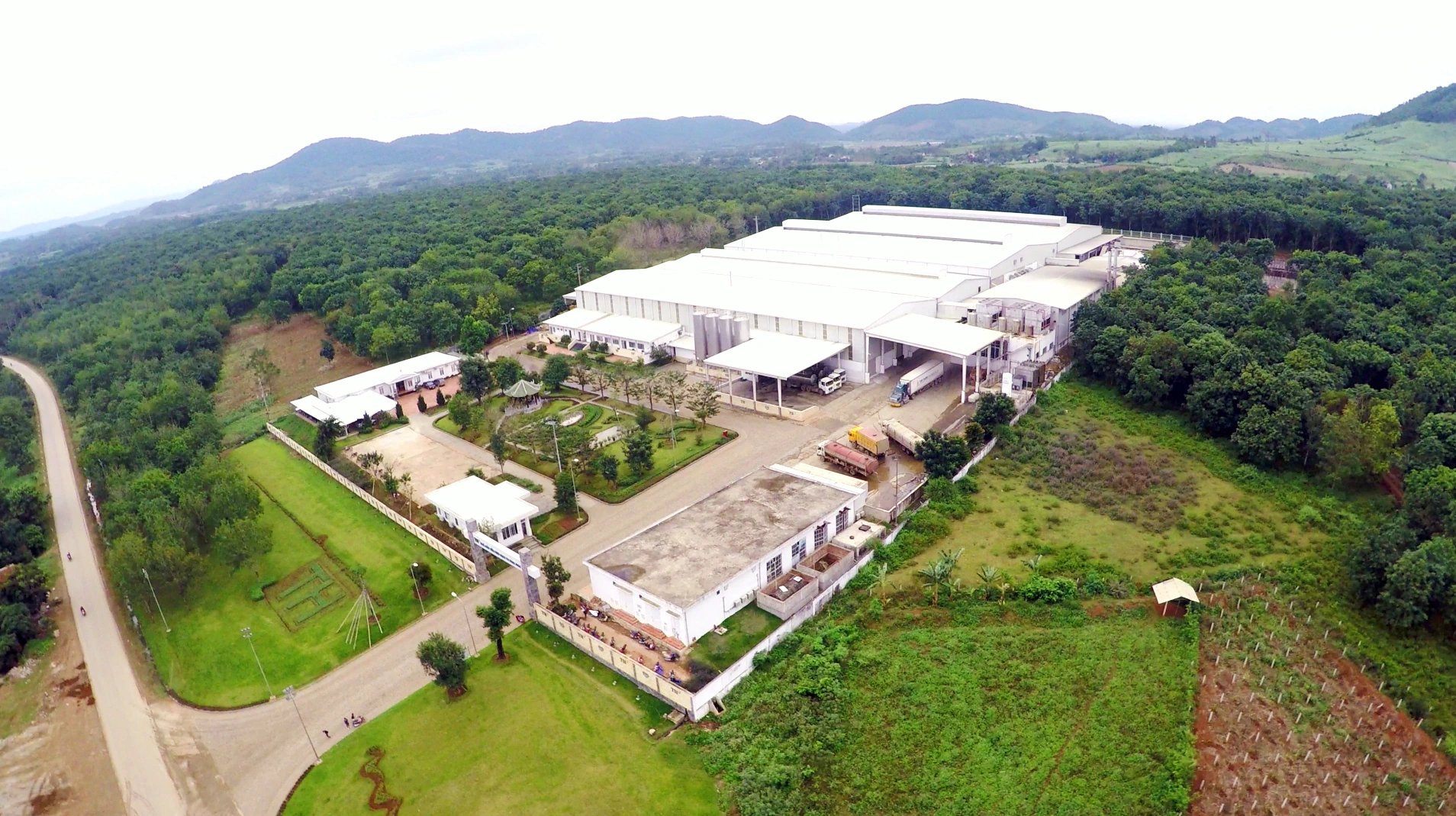


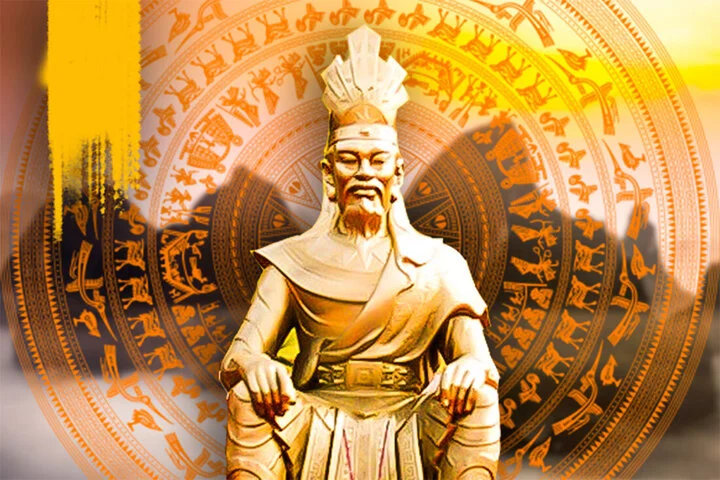

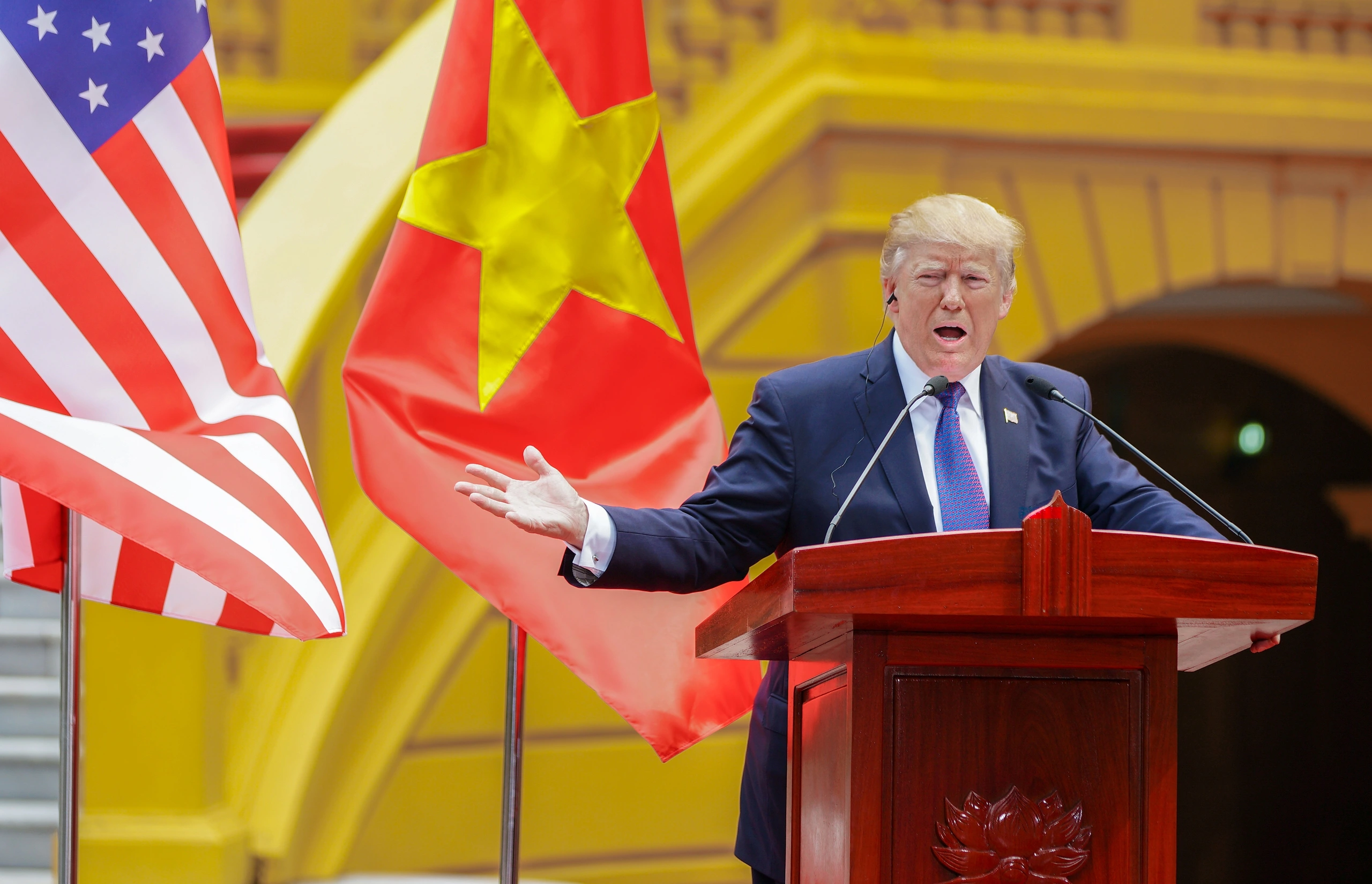













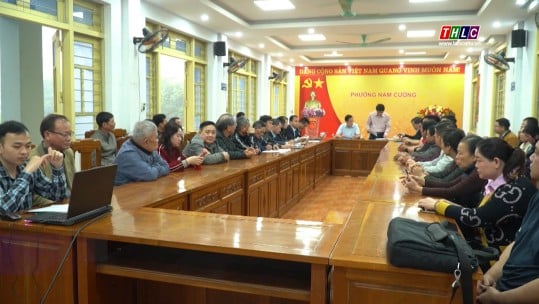




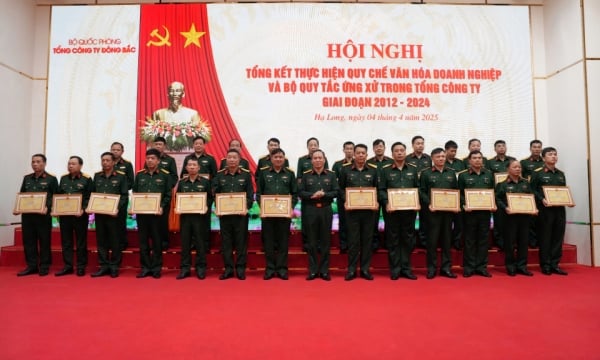



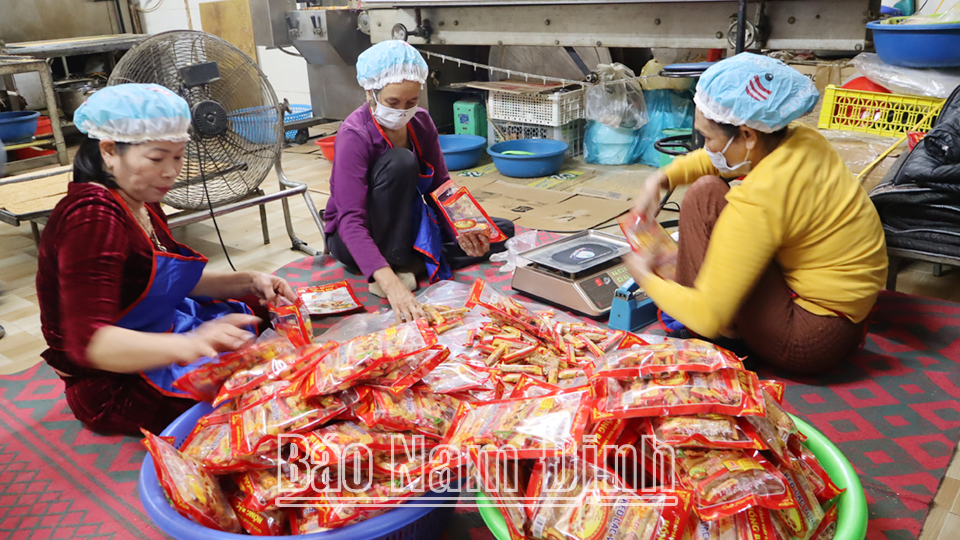





Comment (0)